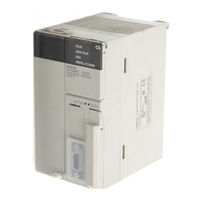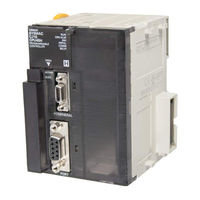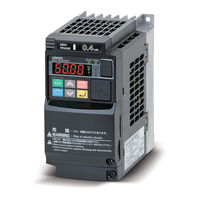Omron CJ1G-CPU44H Module CPU Unit Manuals
Manuals and User Guides for Omron CJ1G-CPU44H Module CPU Unit. We have 4 Omron CJ1G-CPU44H Module CPU Unit manuals available for free PDF download: Operation Manual, Operator's Manual, Manual
Omron CJ1G-CPU44H Operator's Manual (274 pages)
CX-Simulator
Brand: Omron
|
Category: Controller
|
Size: 1.6 MB
Table of Contents
Advertisement
Omron CJ1G-CPU44H Operation Manual (318 pages)
Loop Control Board
Brand: Omron
|
Category: Controller
|
Size: 5.1 MB
Table of Contents
Omron CJ1G-CPU44H Operation Manual (316 pages)
Loop Control Boards, Process-control CPU Units, Loop Controller, Loop-control CPU Units
Brand: Omron
|
Category: Control Unit
|
Size: 2.52 MB
Table of Contents
Advertisement
Omron CJ1G-CPU44H Manual (38 pages)
HOST Link Driver
Brand: Omron
|
Category: Controller
|
Size: 0.73 MB
Table of Contents
Advertisement



